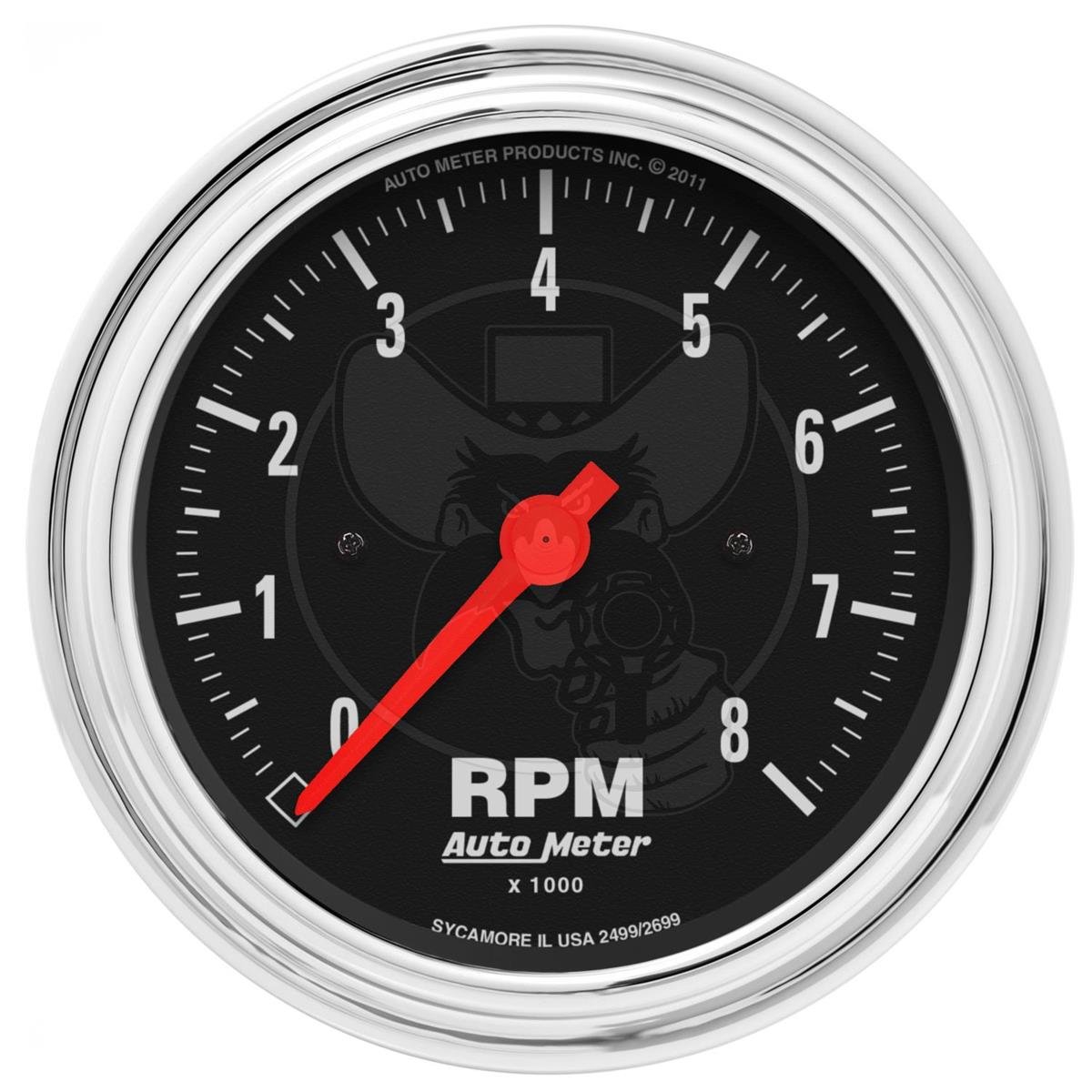Exploring the Features and Advantages of a Tachometer: A Comprehensive Guide for Auto Lovers
In the world of automotive instrumentation, the tachometer stands as a necessary tool that supplies chauffeurs valuable insights into their vehicle's efficiency. tachometer. From providing real-time information on engine rate to aiding in optimizing gear changes, the tachometer offers as greater than just a dial on the control panel. Its complex functions not just enhance driving experience however also play a critical role in preserving engine health and wellness and efficiency. As we explore the intricate workings and benefits of a tachometer, a much deeper understanding of its significance for car fanatics and experts alike will certainly unfold.
Understanding the Fundamentals of a Tachometer
In the world of vehicle instrumentation, understanding the basics of a tachometer is essential for any type of vehicle fanatic looking to dive right into the intricacies of engine performance tracking. A tachometer, usually shown on the dashboard of a vehicle, gauges the engine's changes per minute (RPM)
Tachometers normally have actually a scale noted in changes per minute, with a redline showing the maximum rate at which the engine can securely operate (tachometer). This details is essential for preventing engine damage and optimizing equipment shifting for hand-operated transmissions. Furthermore, tachometers can assist in diagnosing engine concerns such as misfires or a stopping working ignition system by discovering irregular RPM readings
Importance of Keeping Track Of Engine Rate

Checking engine rate is an important facet of car upkeep and performance optimization for automotive lovers and specialists alike. The engine speed, measured in transformations per min (RPM), suggests exactly how fast the engine's crankshaft is turning. By keeping a close eye on the RPM, vehicle drivers can guarantee that the engine is operating within the ideal variety, avoiding potential damages from over-revving or stalling. Keeping track of engine rate is especially essential throughout equipment changes, as it aids chauffeurs determine the correct time to transform gears for smooth velocity and reliable fuel intake.
Furthermore, tracking engine speed can additionally provide useful insights right into the overall health of the automobile. Unusual variations in RPM may show problems such as a clogged up air filter, gas system issues, or also engine misfires. By discovering these abnormalities beforehand via the tachometer analyses, motorists can address potential problems without delay, stopping extra extreme damages and pricey repair work down the line. Generally, keeping track of engine speed with a tachometer is an essential practice that can boost driving performance, lengthen engine life, and ensure a much safer and extra pleasurable driving experience.
Enhancing Performance Through Equipment Shifts
Maximizing efficiency through calculated equipment shifts is an essential element of taking full advantage of an automobile's performance and power result. Appropriate gear shifting makes sure that the engine operates within its optimum power band, permitting smooth acceleration and improved fuel economy. When shifting gears, it is essential to focus on the engine rate indicated on the tachometer. By monitoring the engine transformations per minute (RPM), chauffeurs can determine the most suitable moments to upshift or downshift for ideal efficiency.

To accomplish peak efficiency via gear shifts, vehicle drivers need to exercise smooth and timely shifts between gears, matching engine speed with road speed to harness the complete possibility of their automobile's powertrain.
Maximizing Effectiveness With a Tachometer
Understanding the art of equipment changing in high-performance lorries not only improves driving experience however additionally plays an important duty in making the most of efficiency with a tachometer. tachometer. By paying very close attention to the tachometer readings, drivers can optimize their gear shifts to run within the engine's most reliable array. When speeding up, moving equipments at the appropriate RPM suggested by the tachometer can avoid the engine from exhausting or underperforming, resulting in enhanced gas effectiveness and total efficiency
Furthermore, a tachometer assists motorists stay clear of unneeded revving, which not just wastes gas yet also places unnecessary pressure on the engine. Constantly monitoring the tachometer while driving enables smoother gear transitions, decreasing damage on the transmission system over time.

Advanced Tips for Tachometer Use
Enhancing driving accuracy with experienced tachometer interpretation is crucial to optimizing vehicle performance. To explore advanced ideas for tachometer usage, take into consideration integrating using change lights. Shift lights are aesthetic indicators official website that illuminate when it's time to change gears based on engine changes per min (RPM), permitting smooth equipment modifications without frequently keeping track of the tachometer. Additionally, exercising heel-and-toe downshifting method can be helpful when going for smoother transitions between gears. This strategy involves using both the brake and accelerator pedals all at once while downshifting, aiding to preserve engine RPM and prevent jerky motions. In addition, utilizing a performance tachometer with adjustable settings can offer real-time information tailored to specific driving preferences or car adjustments. By fine-tuning shift points and establishing advising limits, motorists can enhance velocity and engine efficiency while minimizing the threat of over-revving. These advanced strategies, when coupled with a deep understanding of tachometer analyses, can boost driving efficiency and general driving experience.
Conclusion
Finally, the tachometer functions as a crucial tool for automobile enthusiasts to monitor engine speed, boost efficiency via gear changes, and take full advantage of efficiency. By understanding the features site here and benefits of a tachometer, vehicle drivers can enhance their driving experience and lengthen the life-span of their car. Utilizing sophisticated pointers for tachometer application can even more enhance driving skills and total performance when driving.